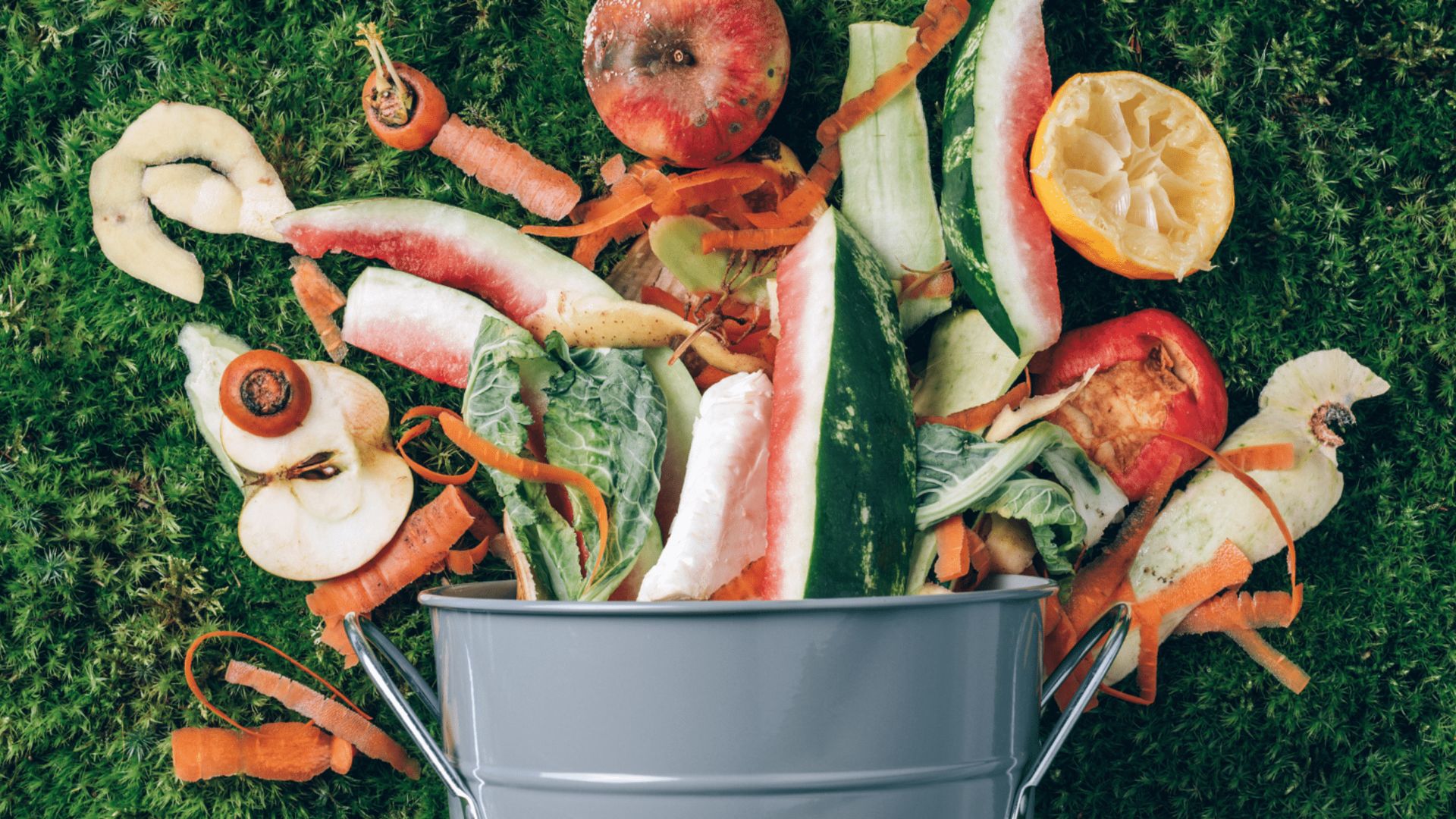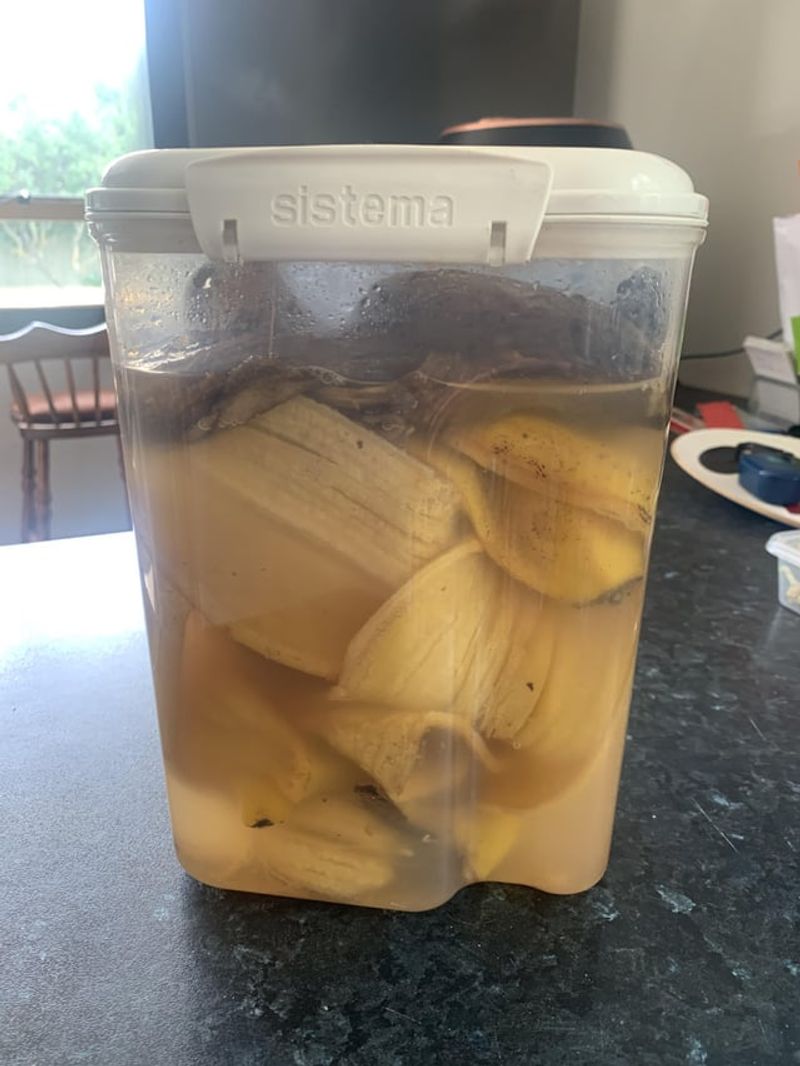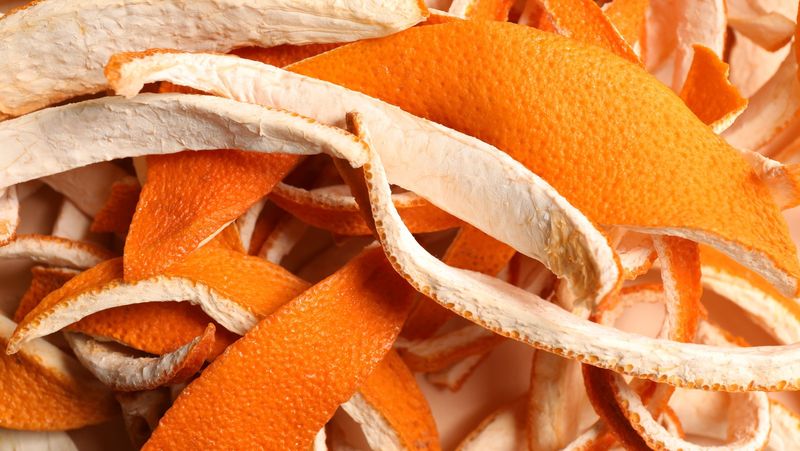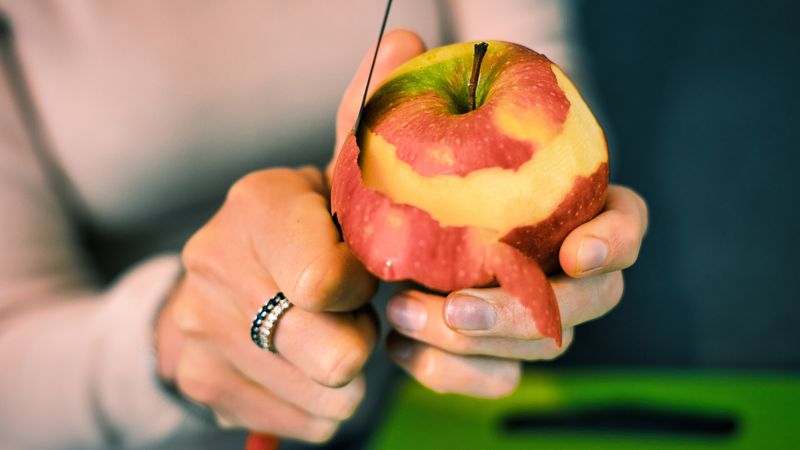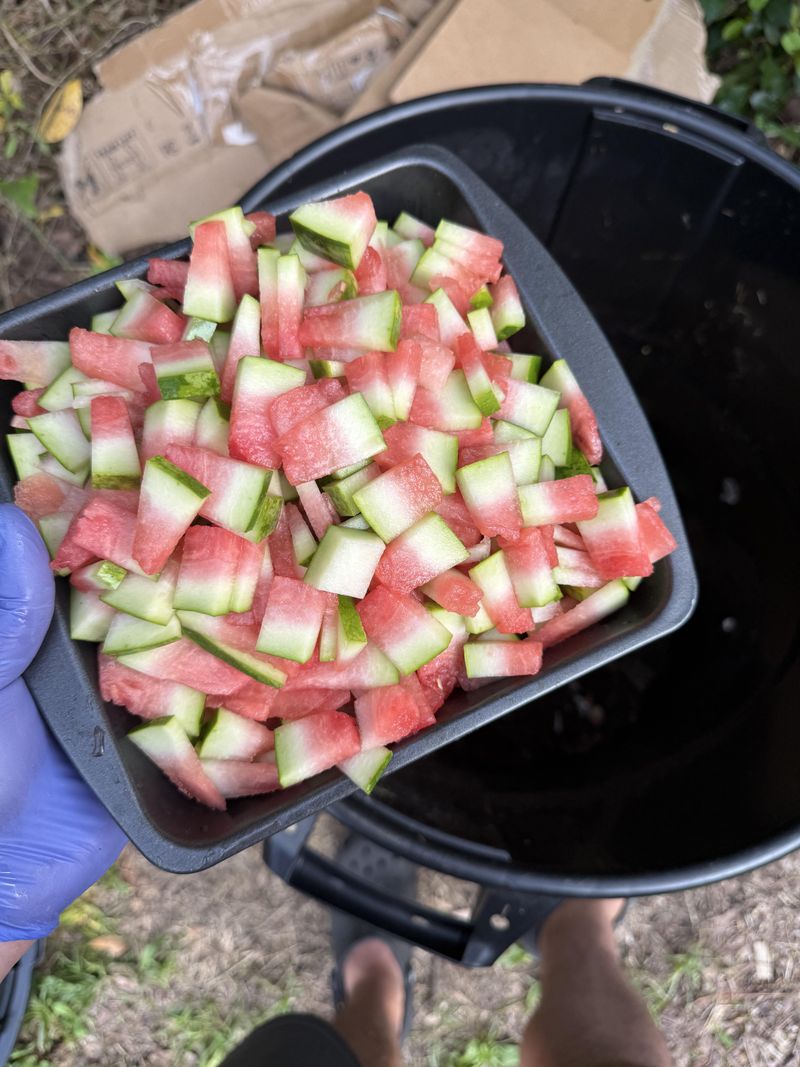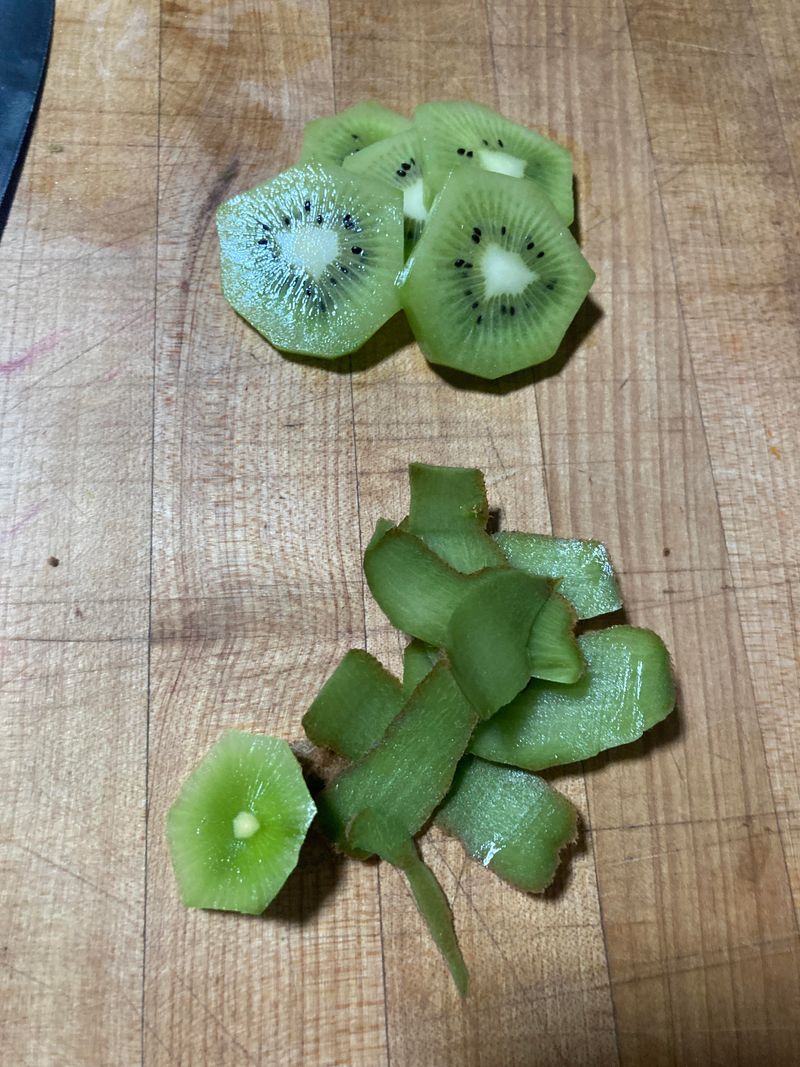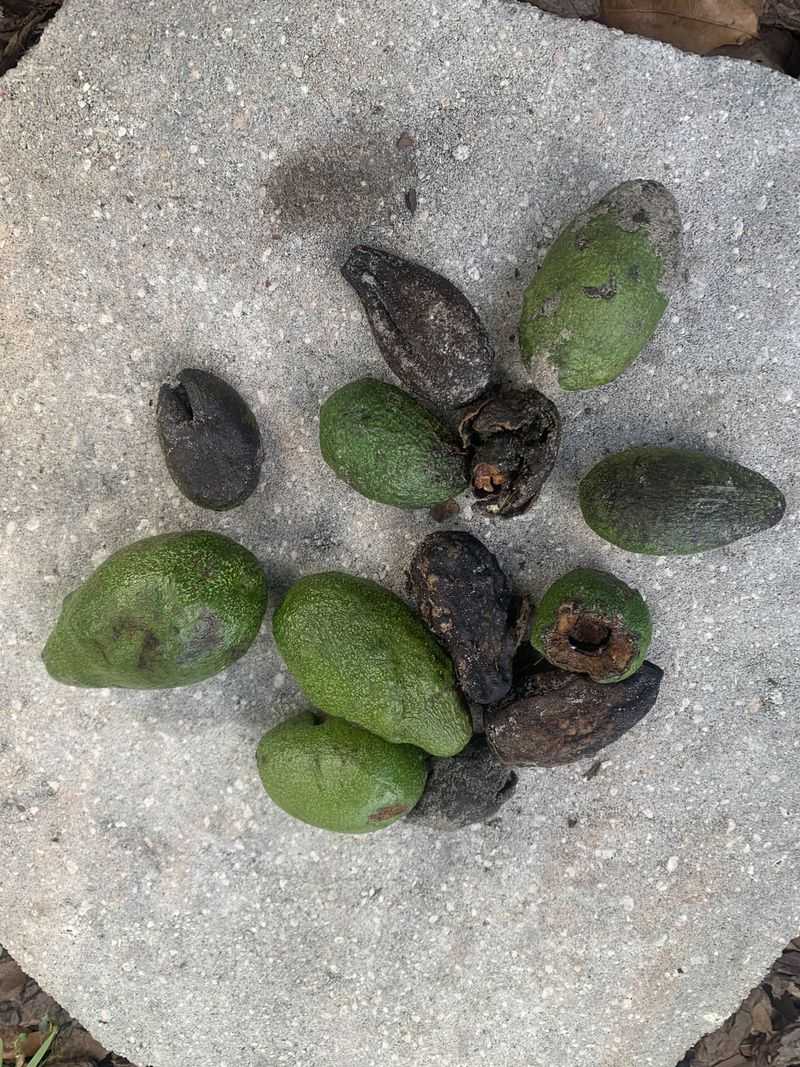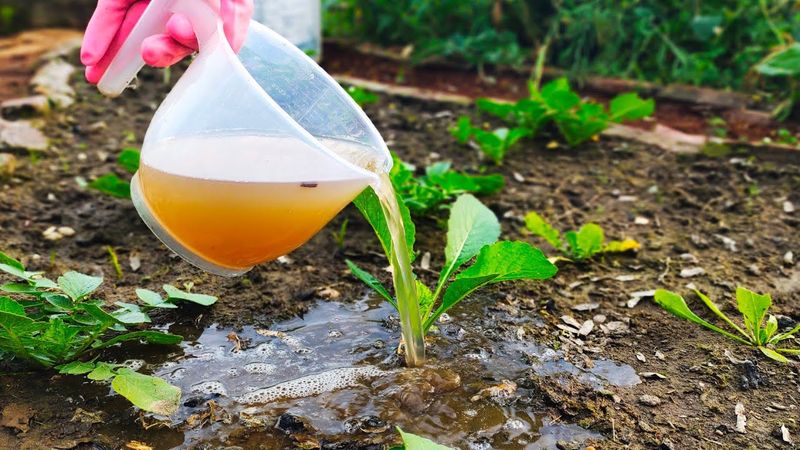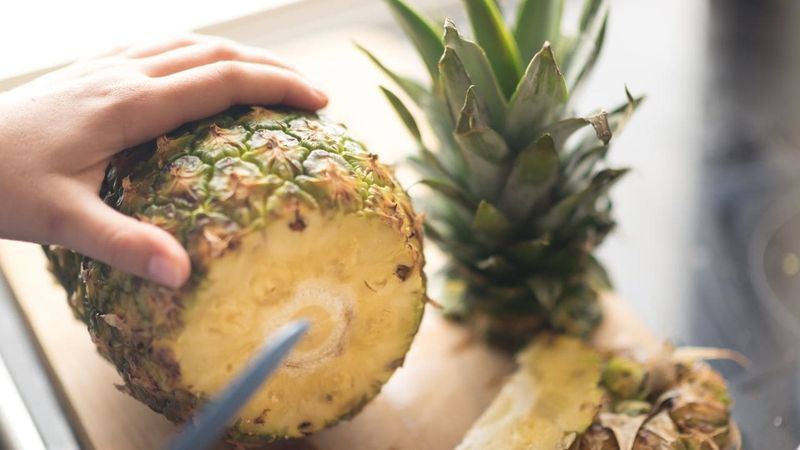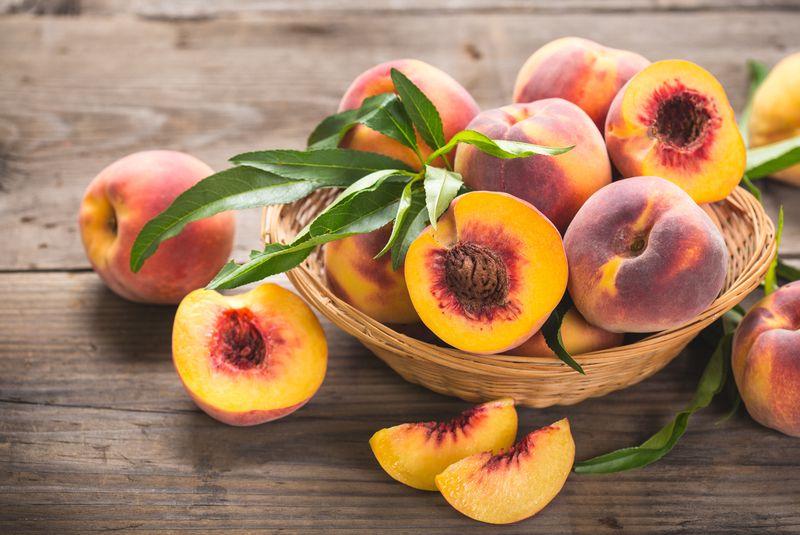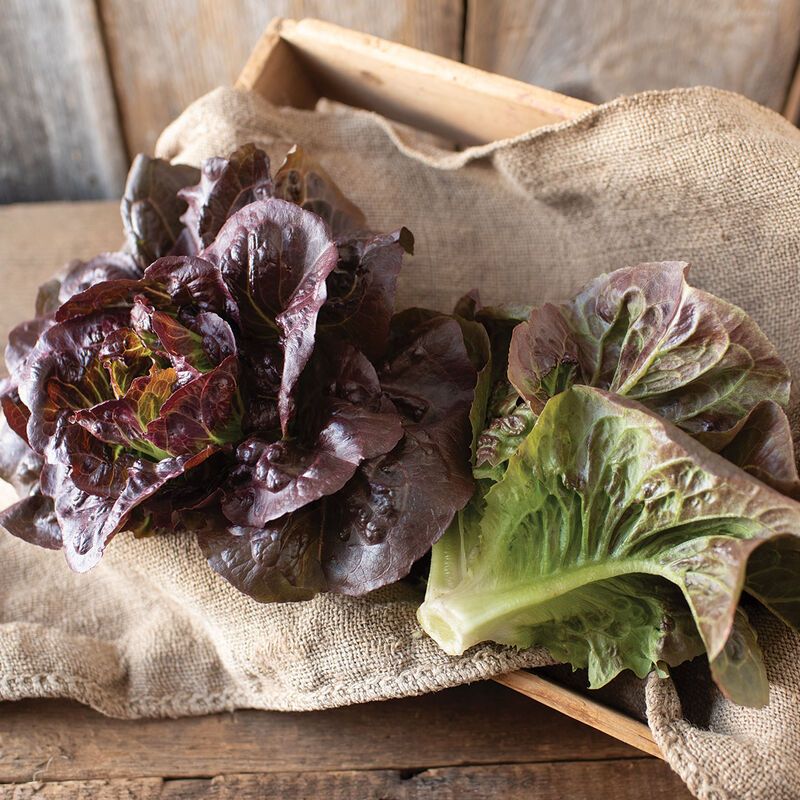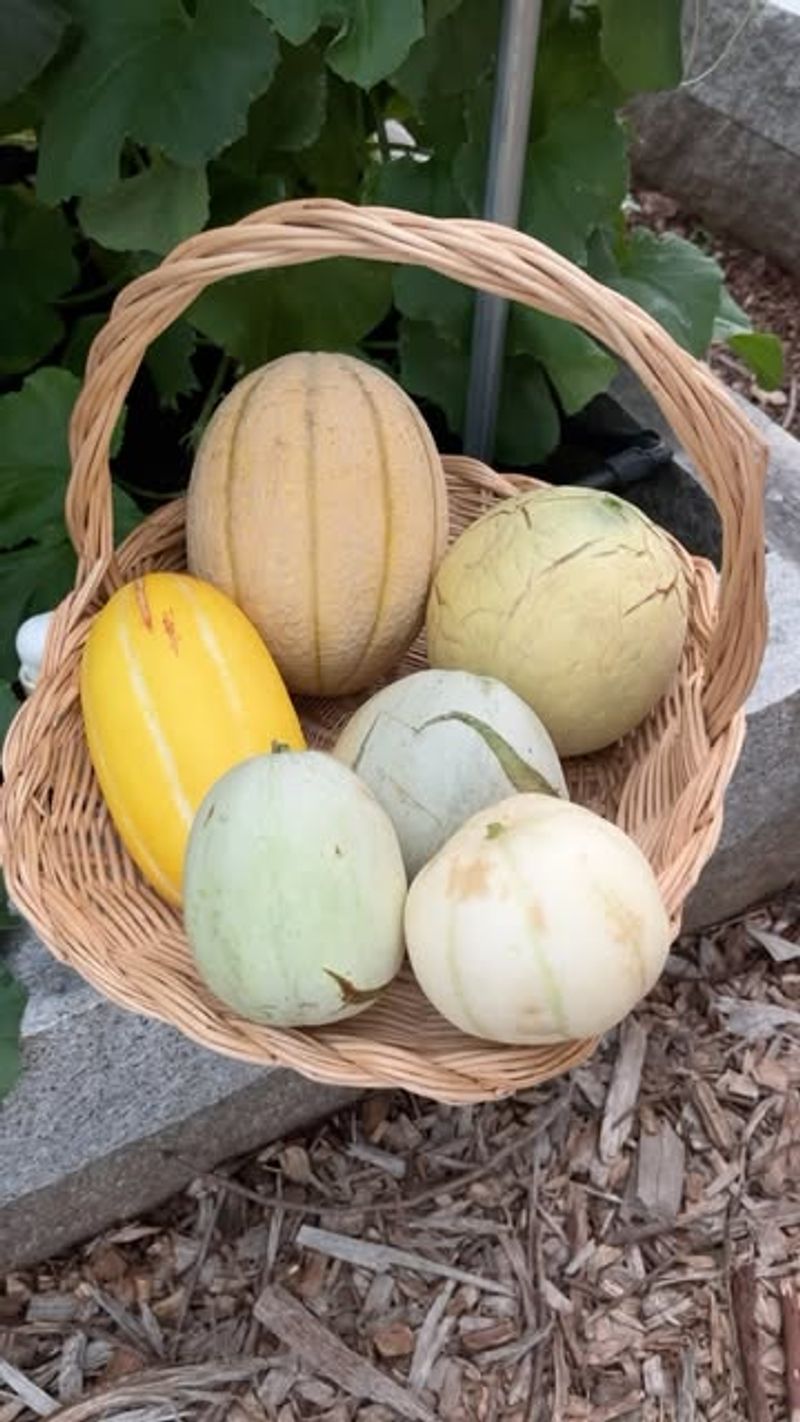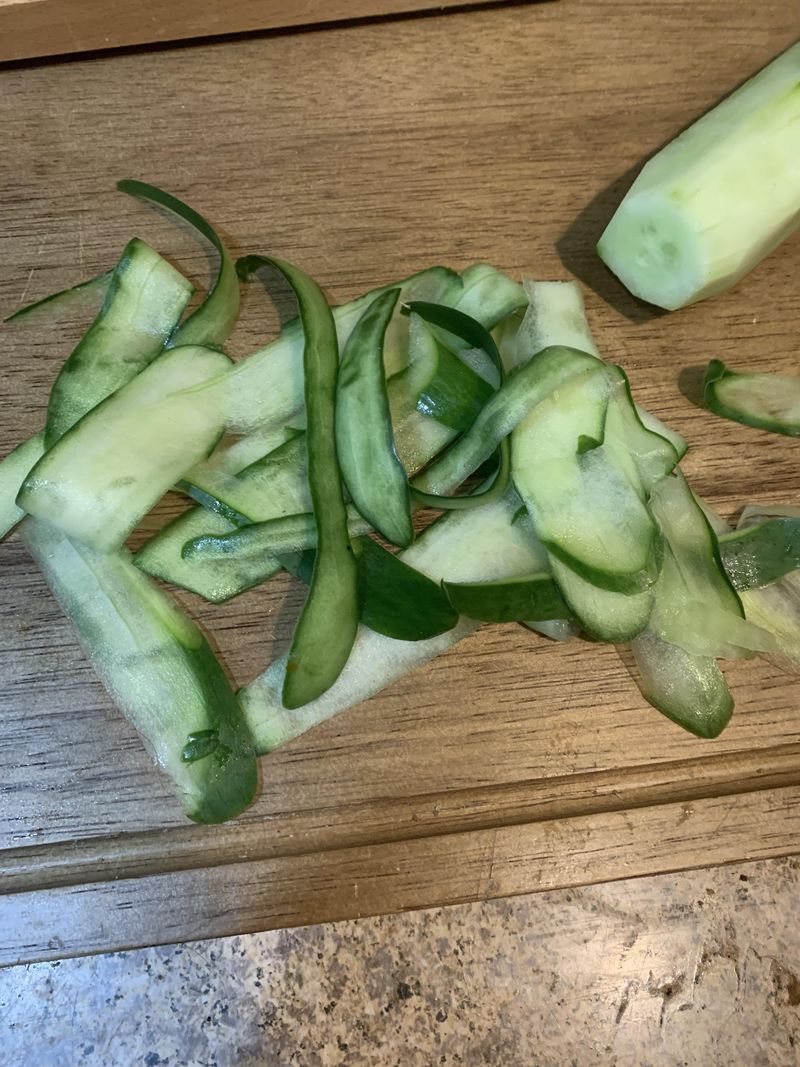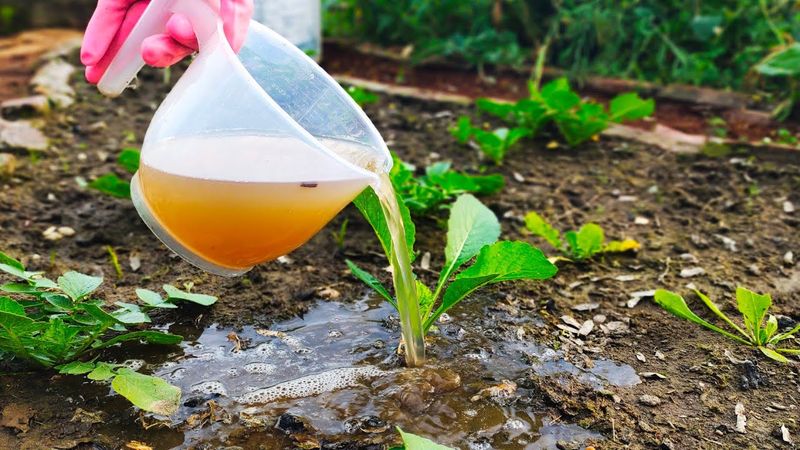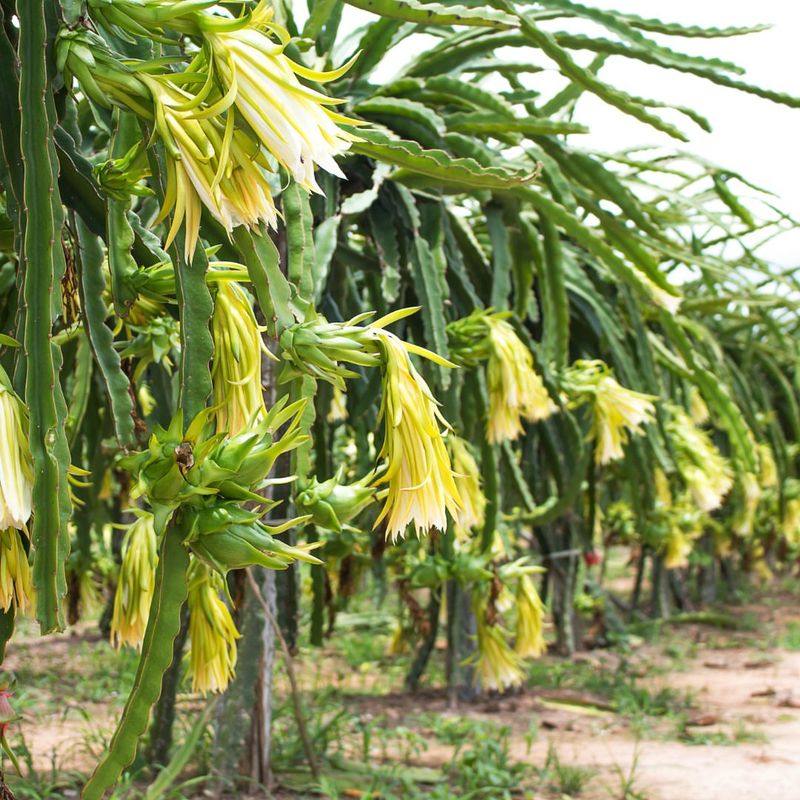Stop trashing those fruit peels—they’re garden gold in disguise. Packed with nutrients like potassium, phosphorus, and magnesium, these scraps can strengthen soil, feed your plants, and reduce waste all at once. It’s a win for your greenery and the planet.
Banana, orange, and apple peels are just the beginning. Chop them up and bury them near the roots, or toss them into compost for a slow-release fertilizer. Some—like citrus—work best in moderation, thanks to their acidity.
From watermelon rinds to mango skins, you’ve got 15 secret soil boosters hiding in your kitchen. Use them wisely, and your plants will grow stronger, greener, and happier—all with zero added cost. Just nature doing what it does best.
1. Banana Peels: Potassium Powerhouses
Banana peels contain potassium and phosphorus that help plants develop strong roots and produce more flowers and fruit.
To use them, simply cut fresh peels into small pieces and bury them 1-2 inches deep around your plants. The smaller the pieces, the faster they’ll break down.
I’ve found they work wonders for tomato plants – just don’t place them directly against stems as they can attract pests while decomposing.
2. Citrus Rinds: Acid-Loving Plant Boosters
Lemon, lime, and orange peels add acidity to soil while deterring cats and certain insects from your garden beds.
Dry the peels completely before grinding them into a coarse powder using a food processor. Sprinkle this powder around acid-loving plants like blueberries, azaleas, and rhododendrons.
The oils in citrus rinds break down slowly, providing a gradual release of nutrients while improving soil structure.
3. Apple Skins: Calcium-Rich Garden Helpers
Apple peels provide calcium that strengthens cell walls in plants and helps prevent blossom end rot in tomatoes and peppers.
Collect your apple peels and let them dry out for a few days. Once dried, they can be chopped and added directly to your compost pile or worked into the top layer of soil.
The peels break down relatively quickly compared to other fruit waste, making their nutrients available to plants within weeks rather than months.
4. Watermelon Rinds: Nitrogen And Moisture Reservoirs
The thick white portion of watermelon rinds contains nitrogen and acts like a sponge in soil, helping retain moisture during dry periods.
Chop rinds into 1-inch cubes and bury them 4-5 inches deep between plants. For faster decomposition, run them through a blender with some water to create a slurry before applying.
My cucumber plants showed noticeable improvement when I started adding watermelon rind pieces to their beds during summer months.
5. Kiwi Skins: Phosphorus-Rich Growth Stimulants
Kiwi peels are packed with phosphorus that helps plants convert other nutrients into usable building blocks for growth.
Save your kiwi skins and dry them thoroughly on a countertop for several days. Once crisp, crush them into small flakes and work into the soil around flowering plants.
The tiny black seeds in kiwi skins contain growth hormones that can stimulate root development when they break down in your garden soil.
6. Avocado Skins: Fungal-Fighting Fertilizer
Avocado peels contain compounds that naturally suppress certain soil-borne fungal diseases while adding potassium to your garden.
Rinse the peels to remove any flesh, then dry them completely in the sun. Once dried, tear into small pieces and mix directly into your compost pile.
The thick skin takes longer to break down than many other fruit peels, so they’re perfect for slow-release nutrition throughout a growing season.
7. Mango Peels: Trace Mineral Suppliers
Mango peels provide trace minerals like copper and magnesium that are essential for chlorophyll production and overall plant health.
Cut the peels into strips and dry them thoroughly before burying around perennial plants. For an easier application, steep dried peels in water for 2-3 days to make a mineral-rich “tea.”
Use this tea to water plants weekly, diluting it 1:10 with regular water to avoid overwhelming your plants with nutrients.
8. Pineapple Skins: Bromelain-Boosted Soil Enhancers
Pineapple peels contain bromelain enzymes that help break down proteins in the soil, making nitrogen more available to plants.
Chop the tough outer skin into small pieces and bury them 3-4 inches deep in areas where you plan to plant next season. The fibrous material improves soil structure as it decomposes.
Last year I added pineapple peel pieces to my pepper bed in fall, and the spring crop showed noticeably stronger growth than previous seasons.
9. Peach And Nectarine Skins: Iron-Rich Soil Amendments
These fuzzy fruit skins contain iron that helps plants produce chlorophyll and maintain healthy green foliage.
Collect peach and nectarine peels and allow them to dry completely. Once dried, crumble them by hand and sprinkle around plants showing signs of yellowing leaves (chlorosis).
The thin skins break down quickly, making them ideal for addressing immediate nutrient deficiencies in actively growing plants.
10. Pomegranate Husks: Tannin-Rich Pest Deterrents
The tough outer shells of pomegranates contain tannins that naturally repel certain soil nematodes while slowly releasing potassium.
Dry the husks completely, then break them into small pieces before mixing into your soil. Their sturdy nature means they’ll break down slowly over several months.
These husks work particularly well around root vegetables like carrots and beets, which are often targeted by soil-dwelling pests.
11. Papaya Peels: Enzyme-Rich Growth Promoters
Papaya skins contain papain enzymes that help break down proteins in soil and improve nutrient absorption for plants.
Chop fresh papaya peels into small pieces and add them directly to your compost pile, or create a quick enzyme spray by soaking them in water for 3-4 days.
Strain the liquid and dilute it 1:5 with water before spraying on plant leaves and soil to boost growth and help suppress certain fungal issues.
12. Cantaloupe And Honeydew Rinds: Moisture-Retaining Compost Accelerators
Melon rinds have high water content that helps jumpstart the decomposition process in compost piles while adding potassium and phosphorus.
Cut the rinds into 2-inch pieces and bury them in the center of your compost heap where they’ll attract beneficial decomposing organisms. Their high sugar content feeds microbes that break down other materials.
During dry seasons, I’ve noticed my compost pile stays more active when melon rinds are regularly added to the mix.
13. Cucumber Peels: Silica-Rich Plant Strengtheners
Cucumber skins contain silica that strengthens plant cell walls, making plants more resistant to pests and disease.
Blend cucumber peels with water to create a slurry, then pour this mixture directly around the base of plants. This allows for quick nutrient absorption through the roots.
The silica in cucumber peels is particularly beneficial for tomatoes, squash, and other plants in the same family, helping them develop stronger stems and more resilient leaves.
14. Pear Skins: Gentle Calcium Suppliers
Pear peels provide calcium in a form that’s easily absorbed by plants without drastically changing soil pH.
Dry pear peels thoroughly before crushing them into small flakes. Sprinkle these around plants that need calcium but don’t prefer acidic conditions, such as beans and peas.
The mild nature of pear peel fertilizer makes it suitable for seedlings and young plants that might be sensitive to stronger amendments.
15. Dragon Fruit Skins: Vibrant Compost Activators
The bright pink skins of dragon fruit break down quickly in compost, adding nitrogen and attracting worms and beneficial microbes.
Cut the skins into strips and mix them throughout your compost pile rather than concentrating them in one area. Their high water content helps maintain moisture in the compost.
When I started adding dragon fruit peels to my compost bin, I noticed a significant increase in worm activity, which helps create richer finished compost.

